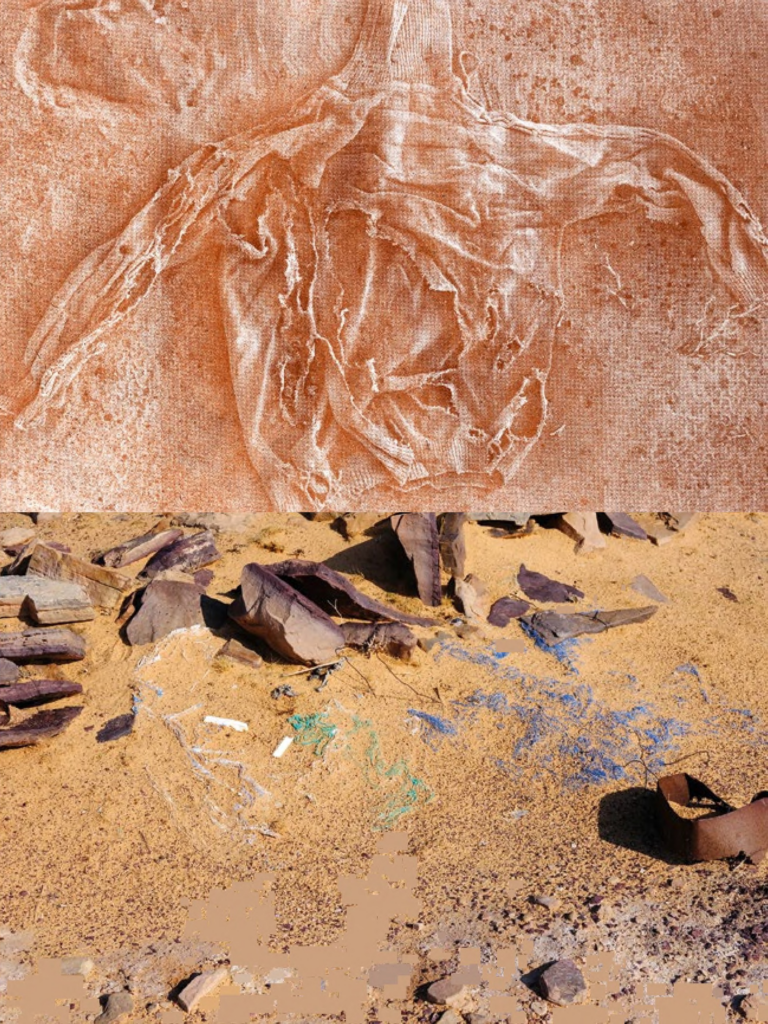SUSANNE KRIEMANN
Born 1972 in Erlangen, Germany, lives and works in Berlin, Germany
Datadust skin of sand
2024

Susanne Kriemann is an artist whose complex installations and research- based works are grounded in photographic processes. Her interest in photography is deeply linked with the notion of the ruin, both historical and ecological. Recent exhibitions at international institutions include the Centre for Canadian Architecture, Montreal; C/O Berlin; and Kunst Haus Wien, (all in 2023). She currently is artist-in-residence at the Museum für Gegenwartskunst/University of Siegen. In 2019 she had a residency at NTU Centre for Contemporary Art Singapore. Kriemann is a professor at the University of the Arts and Design Karlsruhe (since 2017) and co-founder of the artists-led initiative AiR Berlin Alexanderplatz in Berlin (since 2010).
Working from an expanded notion of the photograph, Kriemann uses a range of techniques to produce images that are both visual and material registers of information. Through the use of pigments sourced from sites she is investigating, she reflects on the world itself as an analogue “recording system” of human-driven processes. Mining, radioactivity, and the omnipresence of (micro)plastic waste in different environments are central themes in works involving extended periods of study and documentation. “Material matter is as much a co-author of my works with nature as image-taking, data-storing, and (dis-)appearing. What unfolds occupies the threshold between fact and fiction, science, and poetry.”
Datadust skin of sand (2024) explores the convergence of ancient data and contemporary consumer waste found in archaeological research sites of AlUla and Tayma in the northern Arabian desert. The coexistence of high levels of microplastics alongside archaeological contexts forms the starting point of the work in progress. On view are silk-screen prints of contemporary discarded objects that Kriemann collected on site. Printed with date syrup and makeup, which is full of microplastics, and then coated with sand, the images have a compelling tactile quality and seem to be of indeterminate age—as artifacts of recent human presence. Every grain of sand stores information in crystals that can be billions of years old; granules of contemporary plastics will be markers of human activity for hundreds of years to come. The work Datadust skin of sand situates itself within the hypersites of data and the desert, questioning our relationship to the seemingly unending stream of plastics production and its afterlives.
